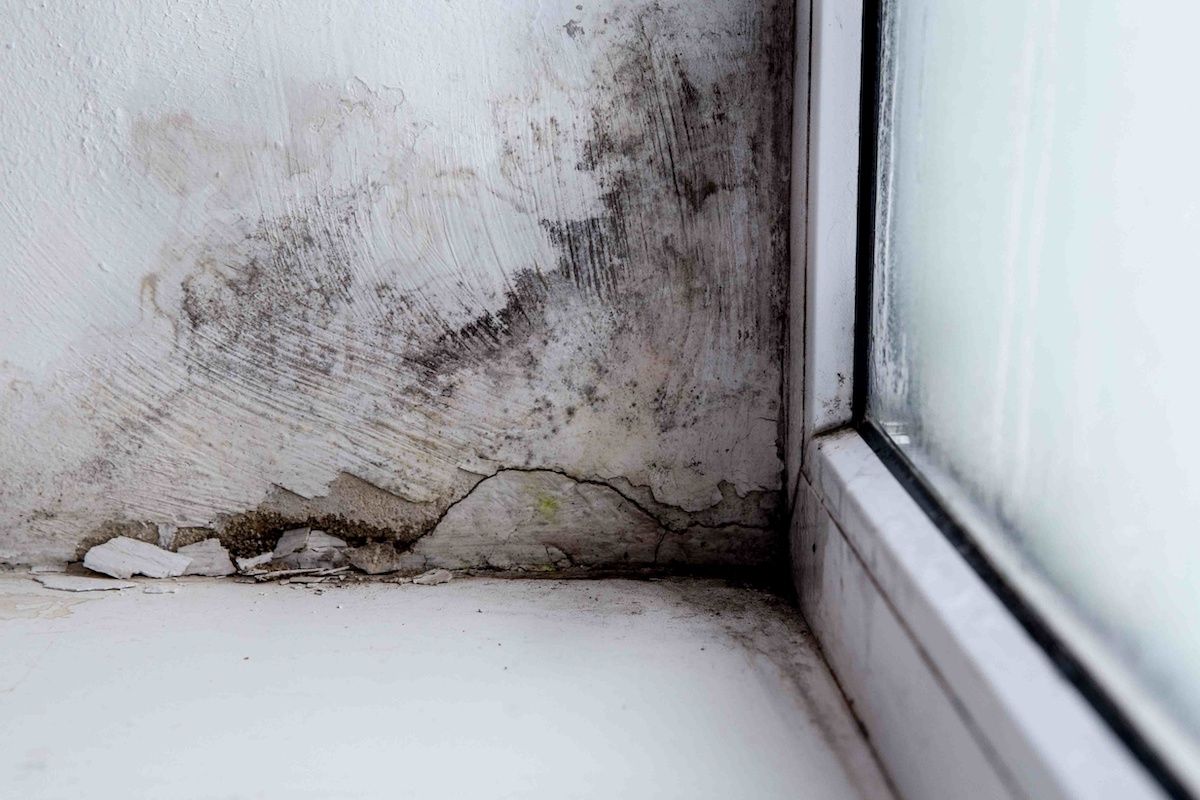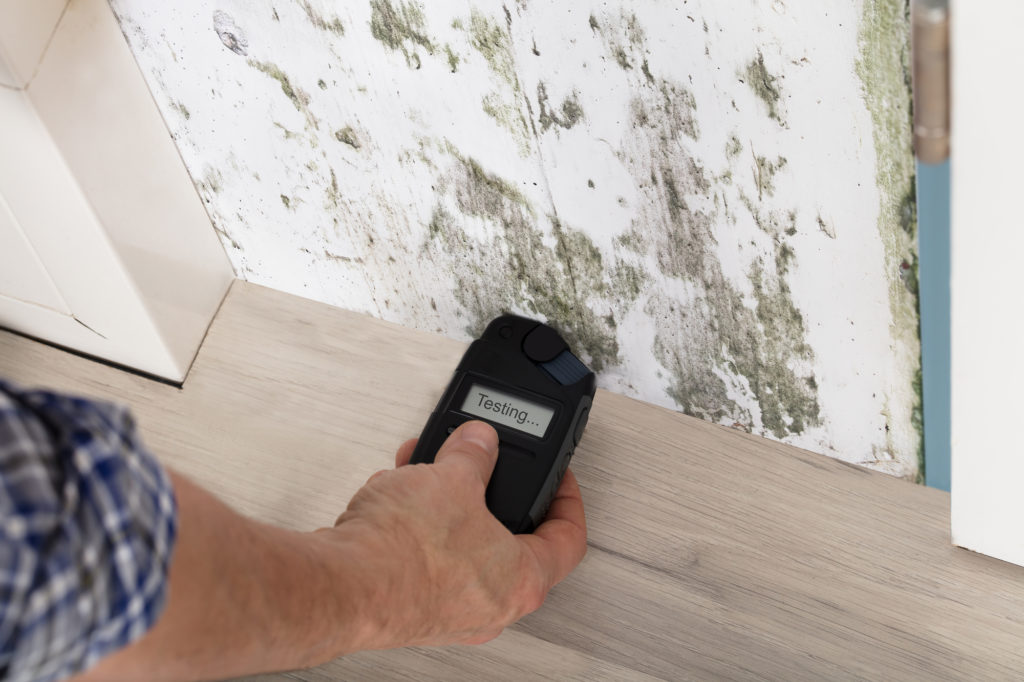Specialist Tips for Article Mold And Mildew Removal Success
In the world of mold and mildew remediation, efficiently eradicating mold and mildew is only half the fight; real obstacle hinges on preventing its reappearance. Post-remediation efforts play a vital role in making sure a mold-free atmosphere in the long-term. By sticking to professional ideas and ideal techniques, people can secure their areas against mold and mildew revival and preserve a healthy indoor environment. It remains in this phase of the remediation process that attention to information and aggressive steps absolutely make a difference.
Display Moisture Levels On A Regular Basis
Regular tracking of humidity degrees is essential in making certain the effectiveness of blog post mold and mildew remediation initiatives. After completing mold and mildew removal treatments, keeping ideal humidity degrees is vital to avoid mold re-growth and make certain a healthy indoor environment. Tracking moisture degrees enables early discovery of any spikes or fluctuations that might possibly lead to mold and mildew rebirth. High moisture levels over 60% develop a favorable setting for mold and mildew to grow, making routine keeping track of a positive step to prevent any kind of future mold concerns - Post Mold Remediation Report.
Making use of hygrometers or dampness meters can help in precisely measuring humidity degrees in various areas of the property. These devices give real-time data that enables remediation professionals to make informed choices regarding air flow, dehumidification, and various other necessary actions to maintain suitable humidity degrees post-remediation. Furthermore, developing a regular timetable for humidity checks, especially in risky locations such as cooking areas, bathrooms, and basements, is a positive approach to mold and mildew avoidance. By consistently keeping track of moisture degrees, residential property owners can successfully alleviate the danger of mold reoccurrence and preserve a healthy and balanced indoor atmosphere post-remediation.
Conduct Thorough Inspections Post-Remediation
Complying with the completion of mold and mildew remediation procedures, it is important to perform extensive examinations to verify the performance of the remediation process. These post-remediation evaluations are crucial in making sure that the mold issue has been efficiently dealt with which there is no recurrence or remaining mold development. Examinations ought to be accomplished by certified specialists that have proficiency in recognizing mold and mildew and analyzing indoor air high quality.
Throughout these assessments, numerous methods such as aesthetic assessments, air tasting, and surface area sampling may be used to thoroughly review the remediated areas. Visual assessments include a detailed evaluation of the properties to look for any kind of noticeable indicators of mold and mildew development or water damage. Air sampling assists in figuring out the airborne mold and mildew spore degrees, while surface tasting can find mold fragments on surfaces.
Implement Correct Ventilation Approaches
After making sure the efficiency of the mold remediation process through comprehensive inspections, the next vital step is to concentrate on applying correct ventilation strategies. Adequate ventilation is important in avoiding mold and mildew reoccurrence by controlling dampness degrees and advertising air circulation. To achieve this, it is recommended to utilize exhaust fans in locations vulnerable to high humidity, such as shower rooms and kitchens. In addition, opening up doors and home windows when weather condition allows can aid enhance air movement and decrease wetness accumulation. Air cleansers and dehumidifiers are also important devices in keeping optimal interior air quality.
Proper air flow not just aids in protecting against mold growth but likewise adds to the total wellness and comfort of occupants. By making certain adequate ventilation throughout the building, you can lower the danger of mold and mildew regrowth and develop a healthier living environment. Regular upkeep of ventilation systems, consisting of cleansing and filter anchor replacements, is essential to maintaining reliable air flow. Consulting with cooling and heating professionals can supply further insights into optimizing air flow techniques for your specific building requirements.

Use Mold-Resistant Materials for Repairs
To enhance the long-lasting efficiency of mold remediation efforts, including mold-resistant products for repairs is crucial in mitigating the threat of future mold and mildew development. Mold-resistant products are created to stand up to wetness and prevent mold and mildew growth, making them a crucial choice for locations prone to dampness and moisture. When fixing areas affected by mold, making use of products such as mold-resistant drywall, mold-resistant paints, and mold-resistant caulking can help avoid mold reoccurrence.
Mold-resistant drywall is an exceptional option to conventional drywall in locations like restrooms and basements where dampness levels are greater. When revealed to damp problems, this kind of drywall has an unique covering that stands up to mold and mildew growth even. Furthermore, utilizing mold-resistant paints including antimicrobial representatives can additionally inhibit mold and mildew growth on ceilings and wall surfaces.
In areas where moisture is usual, such as bathrooms and cooking areas, using mold-resistant caulking around sinks, home windows, and tubs can assist secure out water and avoid mold and mildew from taking hold in fractures and crevices. By purchasing these mold-resistant products during repair services post-remediation, you can substantially decrease the chance of future mold and mildew concerns and preserve a healthier indoor atmosphere.
Maintain Sanitation and Address Water Issues
After mold remediation, it is critical to preserve a clean environment to avoid the regrowth of mold and mildew. Leakages, water breach, or high humidity degrees can create the perfect reproduction ground remove mold release agent for mold and mildew, so it is necessary to take care of any water-related problems quickly.
To maintain tidiness, think about using HEPA filters in vacuum cleaners and air purifiers to catch mold and mildew spores and prevent their circulation airborne. Ensuring appropriate ventilation in areas prone to moisture buildup, such as bathrooms and kitchen areas, can aid maintain moisture levels in check. By staying cautious about sanitation and addressing water concerns without delay, you can effectively prevent mold and mildew reinfestation and keep a healthy and balanced interior atmosphere.
Conclusion

In the realm of mold and mildew removal, efficiently getting rid of mold and mildew is just half the battle; the real difficulty exists in avoiding its reappearance. After completing mold and mildew removal treatments, keeping optimum moisture levels is important to protect against mold re-growth and guarantee a healthy indoor atmosphere. High moisture degrees over 60% produce a helpful environment for mold to grow, making regular keeping track of a positive step to stop any type of future mold and mildew issues.
To improve the lasting performance of mold and mildew removal initiatives, integrating mold-resistant products for fixings is crucial in minimizing the risk of future mold and mildew development. After mold and mildew remediation, it is important to keep a you could check here clean environment to stop the regrowth of mold and mildew.